Home>Articles>What Causes A Hot Water Heater To Leak From The Pressure Relief Valve
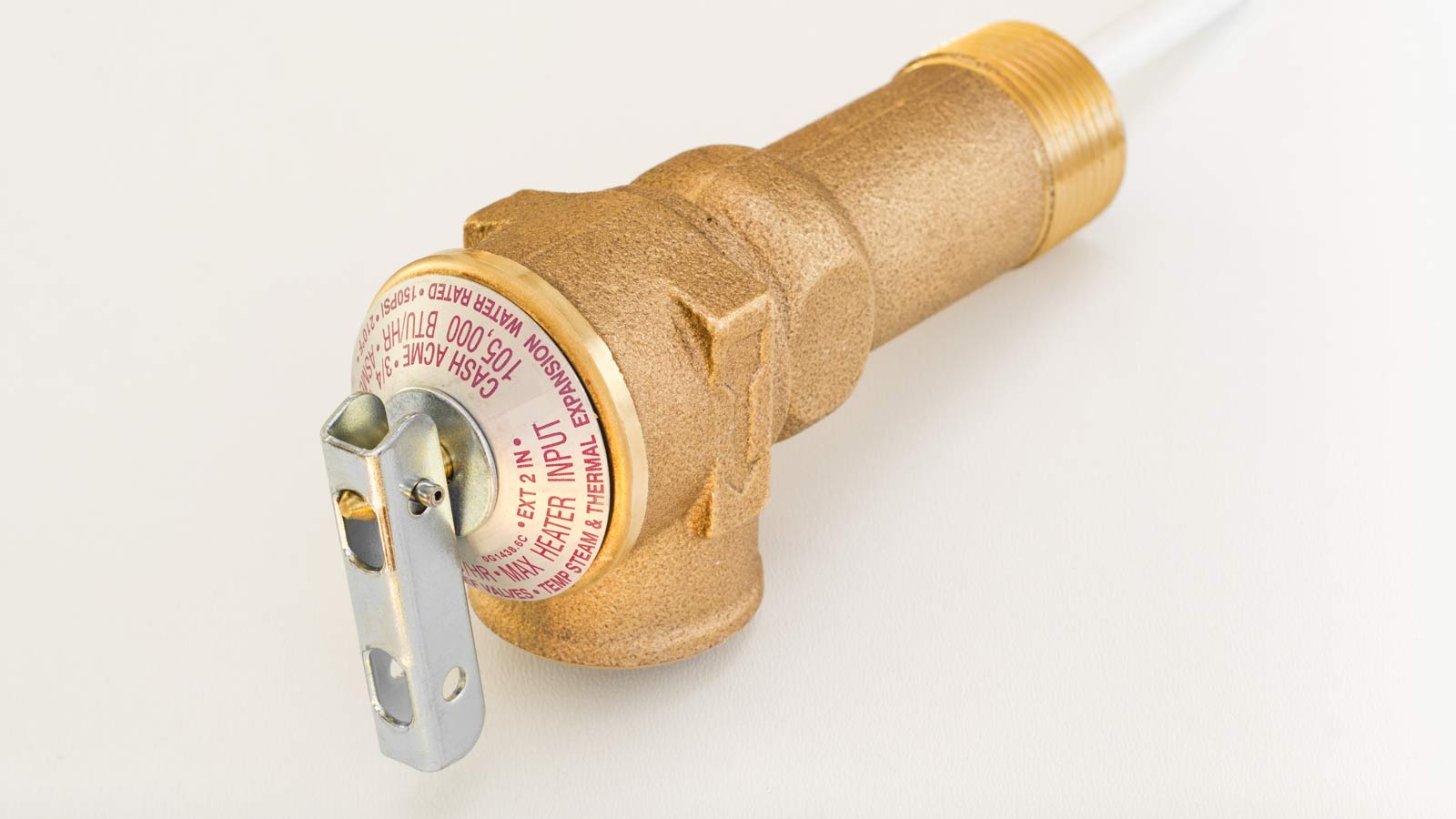

Articles
What Causes A Hot Water Heater To Leak From The Pressure Relief Valve
Modified: October 20, 2024
Find out what causes a hot water heater to leak from the pressure relief valve in this informative article. Learn how to prevent and fix this common issue.
(Many of the links in this article redirect to a specific reviewed product. Your purchase of these products through affiliate links helps to generate commission for Storables.com, at no extra cost. Learn more)
Introduction
A hot water heater is an essential appliance in any home, providing hot water for various daily activities such as showering, cooking, and cleaning. However, like any mechanical device, hot water heaters can encounter issues over time, including leaks. One common area where leaks can occur is the pressure relief valve.
The pressure relief valve, often referred to as the T&P valve (Temperature and Pressure Relief Valve), is a crucial component of a hot water heater. Its purpose is to release excess pressure and prevent the tank from rupturing. However, when the pressure relief valve itself starts to leak, it can be a cause for concern.
In this article, we will explore the potential causes of a hot water heater leak from the pressure relief valve and discuss the steps you can take to address this issue.
Key Takeaways:
- Regular maintenance and inspection of the pressure relief valve in your hot water heater is crucial to prevent leaks. Addressing issues such as excessive water pressure, sediment buildup, and faulty valves promptly can ensure the safe and efficient operation of your appliance.
- If you discover a leak from the pressure relief valve, take immediate action by shutting off the power and water supply. Inspect, clean, and adjust the valve, and if necessary, replace it with the help of a professional plumber to maintain a reliable supply of hot water and safeguard your home.
Pressure Relief Valve
The pressure relief valve is a safety device installed on hot water heaters to protect against excessive pressure buildup inside the tank. It is usually located on the top or side of the tank and is connected to a discharge pipe that extends to the floor or a designated drain.
The pressure relief valve consists of a spring-loaded mechanism with a valve that opens to release water when the internal pressure exceeds a certain level. This ensures that the tank does not become over pressurized, which could lead to tank failure and potentially dangerous situations.
The valve is designed to open when the pressure inside the tank reaches the preset limit, typically between 120 and 150 pounds per square inch (psi). When the valve opens, it allows water to escape through the discharge pipe, relieving the excess pressure. Once the pressure drops below the preset limit, the valve closes to stop the flow of water.
The pressure relief valve is a crucial safety feature that helps to prevent catastrophic failures of hot water heaters. It is important to ensure that the valve is properly installed, functioning correctly, and in good condition to maintain the safety and performance of the hot water heater.
Purpose of the Pressure Relief Valve
The pressure relief valve serves a critical purpose in hot water heaters – it protects the tank from excessive pressure buildup. Without this safety feature, the tank could potentially rupture, causing water damage and even posing a risk of injury to individuals nearby.
Hot water heaters are typically designed to withstand a certain amount of pressure. However, factors such as high water pressure from the mains supply or the buildup of excessive heat can cause the pressure inside the tank to rise beyond safe levels. This is where the pressure relief valve comes into play.
When the pressure inside the tank reaches the preset limit of the relief valve, usually between 120 and 150 psi, the valve opens, allowing water to escape. This process effectively reduces the pressure inside the tank, preventing it from reaching dangerous levels. Once the pressure drops below the preset limit, the valve closes, stopping the water flow.
The pressure relief valve acts as a safety measure to prevent the tank from exploding or rupturing due to excessive pressure. By releasing water when pressure rises too high, it helps to maintain the integrity of the tank and safeguard against potential hazards.
It’s important to note that the pressure relief valve is designed to release water, not just air pressure. This is why there is a discharge pipe connected to the valve that directs the water to a safe location, such as a floor drain or an exterior drain pipe.
The pressure relief valve is a crucial component of a hot water heater, providing peace of mind and ensuring the safe operation of the appliance. Regular maintenance and inspection of the valve are essential to ensure its proper functioning and to address any issues promptly.
How the Pressure Relief Valve Works
The pressure relief valve is a crucial safety device in a hot water heater. Understanding how it works can help you better comprehend its role in preventing potential hazards.
The pressure relief valve employs a simple but effective mechanism. It consists of a spring-loaded valve that is held closed by a pressure setting. When the pressure inside the tank reaches a certain level, the force exerted on the valve exceeds the spring tension, causing the valve to open.
When the valve opens, it allows water to escape from the tank and flow through the discharge pipe. This process relieves the pressure inside the tank, preventing it from reaching dangerous levels. Once the pressure drops below the preset limit, the spring tension overcomes the remaining force, causing the valve to close and stop the water flow.
It’s important to note that the pressure relief valve is designed to open gradually, not suddenly. This gradual opening helps prevent water hammer, a phenomenon that can occur when a valve opens or closes abruptly, creating a shock wave that can damage the plumbing system.
In addition to pressure relief, the valve also serves another critical function – temperature relief. If the water inside the tank becomes dangerously hot, the pressure relief valve will also open to release the excessive heat. This protects the tank from potential ruptures due to the expansion of the water as it heats up.
The pressure relief valve should be inspected regularly to ensure it is functioning correctly. A faulty or stuck valve can compromise the safety of the hot water heater. It’s essential to test the valve by lifting the lever or manipulating the test mechanism to ensure it moves freely and closes tightly.
If you observe any signs of leakage from the pressure relief valve or if it fails to close properly, it is crucial to address the issue promptly. A qualified professional should be consulted to diagnose and rectify the problem to maintain the safe operation of the hot water heater.
Common Causes of Pressure Relief Valve Leaks
A pressure relief valve that is leaking can signal underlying issues with your hot water heater. It’s crucial to identify and address the root cause to prevent further damage and ensure the safe operation of the appliance. Here are some common causes of pressure relief valve leaks:
- Excessive Water Pressure: High water pressure from the mains supply can place unnecessary stress on the pressure relief valve, causing it to leak. The recommended water pressure for a residential home is typically between 40 and 60 psi. If the pressure exceeds this range, it can lead to valve leaks and other plumbing issues.
- Sediment Buildup: Over time, sediment from minerals and sediments in the water can accumulate inside the tank. This buildup can restrict the movement of the pressure relief valve or cause it to become stuck in an open position, leading to continuous leaking. Regular flushing of the hot water heater can help prevent sediment buildup and maintain the proper functioning of the valve.
- Temperature and Pressure Settings: Incorrect temperature and pressure settings can also contribute to pressure relief valve leaks. If the water temperature is set too high or the pressure setting exceeds the recommended range, the valve may constantly release water to maintain safe conditions. Checking and adjusting these settings can help alleviate the issue.
- Faulty Pressure Relief Valve: In some cases, the pressure relief valve may be faulty or damaged, leading to leaks. The valve may have a defective seal or other internal issues that prevent it from functioning properly. A damaged valve should be replaced promptly to ensure the safety of the hot water heater.
It’s important to note that a leaking pressure relief valve should not be ignored or simply patched up. It’s a sign that there are underlying problems that need to be addressed. Seeking the assistance of a qualified professional is crucial for diagnosing the cause and implementing the appropriate solutions.
Regular maintenance and inspection of your hot water heater can help prevent or identify issues with the pressure relief valve before they escalate. By addressing any problems promptly, you can avoid potential water damage and ensure the continued efficient and safe operation of your hot water heater.
Excessive Water Pressure
High water pressure can be a common cause of pressure relief valve leaks in hot water heaters. While water pressure is necessary for the proper functioning of plumbing fixtures, excessively high pressure can place undue stress on the system, including the pressure relief valve.
The recommended water pressure for residential homes is typically between 40 and 60 pounds per square inch (psi). If the water pressure from the mains supply exceeds this range, it can lead to a variety of issues, including leaks from the pressure relief valve.
Excessive water pressure can cause the pressure relief valve to open and release water more frequently than necessary. This constant cycling can wear down the valve and its components over time, leading to leaks. It’s important to note that the pressure relief valve is not designed to continuously release water but rather to act as a safety mechanism for occasional pressure relief.
If you suspect that excessive water pressure is causing the pressure relief valve to leak, it is recommended to measure the water pressure using a pressure gauge. These gauges can be purchased at hardware stores and are simple to install on an outdoor spigot or a hose bib near the water meter. If the pressure reading exceeds the recommended range, it may be necessary to install a pressure reducing valve (PRV) to regulate the water pressure entering your home.
A pressure reducing valve, also known as a pressure regulator, is installed on the main water line and helps to reduce the incoming water pressure to a more manageable level. This can alleviate the stress on the pressure relief valve and prevent leaks caused by excessive pressure.
If you suspect that high water pressure is the cause of the pressure relief valve leaks, it is recommended to consult a professional plumber. They can assess your water pressure and determine the appropriate course of action, which may include the installation of a pressure reducing valve.
By addressing excessive water pressure, you can protect your hot water heater and other plumbing fixtures from potential damage, extend their lifespan, and maintain a safe and efficient plumbing system in your home.
Sediment Buildup
Sediment buildup is a common cause of pressure relief valve leaks in hot water heaters. Over time, minerals, sediments, and debris present in the water supply can accumulate at the bottom of the tank. This sediment buildup can cause various issues, including reduced efficiency, decreased water quality, and potential leaks from the pressure relief valve.
As sediment settles at the bottom of the tank, it can restrict the movement of the pressure relief valve or cause it to become stuck in an open position. When this happens, the valve may continuously release water, leading to leaks and unnecessary water waste.
Regular maintenance and flushing of the hot water heater can help prevent sediment buildup and maintain the proper functioning of the pressure relief valve. Flushing involves draining a portion of the water from the tank to remove accumulated sediment.
To flush your hot water heater, follow these steps:
- Turn off the power supply to the hot water heater or switch off the gas supply if you have a gas-powered heater.
- Locate the drain valve at the bottom of the tank. Attach a garden hose to the valve and place the other end in a suitable drainage area, such as a floor drain or outside.
- Open a hot water tap in your home to prevent a vacuum from forming in the plumbing system.
- Slowly open the drain valve to allow water to flow out. Be careful as the water may be hot.
- Let the water flow until it runs clear, indicating that most of the sediment has been flushed out.
- Close the drain valve and remove the garden hose.
- Turn on the cold water supply to the tank and allow it to fill back up.
- Turn on the power supply or gas supply to the hot water heater.
Flushing your hot water heater every six months to a year can help prevent sediment buildup and maintain the efficiency and performance of the pressure relief valve.
If you find that sediment buildup is excessive or difficult to remove, it may be best to consult a professional plumber. They can assess the situation, perform a thorough cleaning, and provide recommendations for ongoing maintenance to prevent sediment-related issues.
By addressing sediment buildup in your hot water heater, you can prevent pressure relief valve leaks, improve water quality, and prolong the lifespan of the appliance.
Temperature and Pressure Settings
Incorrect temperature and pressure settings can contribute to pressure relief valve leaks in hot water heaters. It is essential to understand and properly adjust these settings to ensure the safe and efficient operation of your appliance.
The temperature setting on your hot water heater determines the maximum temperature of the water in the tank. The recommended temperature setting is typically around 120 degrees Fahrenheit (49 degrees Celsius), which provides hot water for daily needs while minimizing the risk of scalding and reducing energy consumption.
If the temperature setting is too high, it can cause the water inside the tank to heat up excessively, resulting in increased pressure. This excess pressure may cause the pressure relief valve to open and release water to maintain safe conditions. To prevent this, check the temperature setting on your hot water heater and adjust it to the appropriate level if necessary.
The pressure setting on the pressure relief valve controls the point at which it opens to release excess pressure. The typical pressure setting ranges from 120 to 150 pounds per square inch (psi). If the pressure setting is too high, the valve may open more frequently than needed, leading to leaks.
To adjust the pressure setting, you will need to consult your hot water heater’s user manual or seek guidance from a professional plumber. It’s important to note that adjusting the pressure setting requires careful consideration as setting it too low could result in insufficient pressure for your water needs.
Regularly monitoring and adjusting the temperature and pressure settings can help prevent pressure relief valve leaks. It’s a good practice to check these settings periodically and ensure they are within the recommended range.
Additionally, if you notice frequent or continuous leaks from the pressure relief valve, it is advisable to consult a professional plumber. They can assess the situation, evaluate the temperature and pressure settings, and make any necessary adjustments or repairs to ensure the safe and efficient operation of your hot water heater.
By properly adjusting the temperature and pressure settings, you can minimize the risk of pressure relief valve leaks, maintain optimal energy efficiency, and prolong the lifespan of your hot water heater.
Check the water pressure in your hot water heater. If it’s too high, it can cause the pressure relief valve to leak. You may need to install a pressure reducing valve to regulate the water pressure.
Faulty Pressure Relief Valve
A faulty pressure relief valve can be a major cause of leaks in hot water heaters. If the valve is damaged, worn out, or malfunctioning, it may fail to perform its vital function of relieving excess pressure, leading to leaks and potentially compromising the safety of the appliance.
There are several signs that may indicate a faulty pressure relief valve:
- Continuous leaking: If the pressure relief valve is constantly releasing water, even when there is no excessive pressure or temperature, it suggests that the valve may be faulty. Continuous leaking is a clear indication that the valve may need to be replaced.
- Leaks after testing: When testing the pressure relief valve by lifting the lever or manipulating the test mechanism, it should open and close smoothly. If the valve fails to close tightly or continues to leak after testing, it may be a sign of a faulty valve.
- Old or worn-out valve: Over time, like any mechanical component, the pressure relief valve can wear out or become damaged. If your hot water heater has an older valve, it may be more susceptible to failure and should be inspected regularly for signs of wear or deterioration.
If you suspect that your pressure relief valve is faulty, it is important to have it inspected and replaced by a qualified professional. Attempting to repair or replace the valve yourself without the necessary knowledge and expertise can lead to further issues and potential safety hazards.
A professional plumber can assess the condition of the pressure relief valve and determine if it needs to be replaced. They will ensure that the new valve is properly installed, calibrated to the correct pressure and temperature settings, and in compliance with local building codes.
Regular maintenance and inspection of the pressure relief valve are crucial to identify any potential faults or issues early on. This proactive approach can help prevent leaks, ensure the safe operation of the hot water heater, and provide you with peace of mind.
By addressing a faulty pressure relief valve promptly, you can avoid potential water damage, maintain the performance of your hot water heater, and prioritize the safety of your household.
Read more: How To Stop Water Heater From Leaking
Steps to Address a Hot Water Heater Leak from the Pressure Relief Valve
Discovering a leak from the pressure relief valve of your hot water heater can be concerning. However, there are steps you can take to address the issue and prevent further damage. Here are the steps to address a hot water heater leak from the pressure relief valve:
- Shut off the power and water supply: Before attempting any troubleshooting or repairs, it is crucial to turn off the power supply to an electric hot water heater or shut off the gas supply to a gas-powered heater. Additionally, turn off the water supply to the hot water heater to prevent water from flowing into the tank while you work.
- Inspect and clean the pressure relief valve: Carefully examine the pressure relief valve for any signs of damage, such as corrosion, mineral buildup, or a faulty seal. Gently wipe away any debris or sediment on and around the valve. Make sure the valve moves freely and is not stuck in an open position. If the valve is damaged or faulty, it may need to be replaced.
- Adjust the temperature and pressure settings: Check the temperature and pressure settings on your hot water heater. Ensure that the temperature setting is within the recommended range, usually around 120 degrees Fahrenheit (49 degrees Celsius). Adjust the pressure setting to the appropriate level, typically between 120 and 150 psi, ensuring it is not set too high.
- Replace the pressure relief valve: If the pressure relief valve is leaking and cannot be repaired, it will need to be replaced. Consult a professional plumber to ensure the proper selection and installation of a new valve. The new valve should be of the same specifications as the existing one and installed according to local building codes.
It’s important to note that while these steps may help address a hot water heater leak from the pressure relief valve, it is recommended to seek the assistance of a qualified professional for proper diagnosis and repair. A professional plumber can accurately assess the situation, provide expert advice, and carry out the necessary repairs or replacements to ensure the safe and efficient operation of your hot water heater.
Regular maintenance and inspection of your hot water heater can help prevent leaks and other issues from arising. It’s recommended to schedule periodic maintenance with a professional to ensure the longevity and performance of your hot water heater.
By taking prompt action to address a hot water heater leak from the pressure relief valve, you can mitigate potential damage, restore the functionality of your appliance, and provide a reliable hot water supply for your household.
Shut Off the Power and Water Supply
When you discover a leak from the pressure relief valve of your hot water heater, it is crucial to take immediate action to prevent any further damage. The first step in addressing a hot water heater leak is to shut off the power and water supply to the appliance. Here’s how to do it:
- Electric Hot Water Heater: Locate the circuit breaker panel in your home and identify the breaker that controls the power supply to the hot water heater. Flip the corresponding breaker to the “Off” position to cut off power to the appliance. If your hot water heater has a disconnect switch nearby, you can also use that to shut off the power.
- Gas Hot Water Heater: Locate the gas supply valve connected to the hot water heater. It is typically a lever or a round wheel-like handle. Turn the valve to the “Off” position to stop the flow of gas to the appliance.
- Water Supply Valve: Find the water supply valve connected to the hot water heater. This valve is usually located on the cold water pipe leading into the appliance. Turn the valve clockwise (to the right) to shut off the water supply. This will prevent more water from entering the tank and causing further leakage.
It is important to shut off both the power and water supply to the hot water heater to ensure your safety and prevent any additional damage. Water leaking from the pressure relief valve can cause water damage and potentially lead to electrical hazards.
Once you have shut off the power and water supply, it is advisable to seek the assistance of a qualified professional, such as a plumber, to diagnose and address the source of the leak. They have the knowledge, experience, and tools to properly repair or replace the pressure relief valve or any other components causing the issue.
Remember, working with hot water heaters involves potential risks, and it is best to rely on professionals to handle the repairs. They will ensure that the necessary safety precautions are taken and the job is done correctly, restoring the proper functionality of your hot water heater.
Prioritizing safety and taking swift action to shut off the power and water supply when you discover a hot water heater leak from the pressure relief valve can help prevent further damage and ensure the well-being of your home and its occupants.
Inspect and Clean the Pressure Relief Valve
If you notice a leak from the pressure relief valve of your hot water heater, one of the first steps to take is to inspect and clean the valve. Sediment buildup, debris, or a faulty seal can cause the valve to malfunction and leak. Here’s how to inspect and clean the pressure relief valve:
- Ensure safety precautions: Before proceeding with any inspection or maintenance, it’s important to follow proper safety precautions. Make sure you have turned off the power supply (for an electric heater) or shut off the gas supply (for a gas-powered heater) to avoid any potential hazards. Additionally, turn off the water supply to the hot water heater.
- Locate the pressure relief valve: The pressure relief valve is typically located on the top or side of the hot water tank. It has a lever or a test mechanism that can be lifted or manipulated to release pressure.
- Inspect for signs of damage: Carefully examine the pressure relief valve for any visible signs of damage, corrosion, or wear. Look for cracks, leaks, or a faulty seal. If you notice any significant damage or suspect that the valve is faulty, it may need to be replaced.
- Clean the valve: Gently wipe the exterior of the valve and its surrounding area to remove any dirt, grime, or sediment. Use a soft cloth or a brush to clean the valve without applying excessive force. Be cautious not to damage the valve while cleaning it.
- Test the valve: With caution, lift the lever or manipulate the test mechanism of the pressure relief valve. This action should open the valve and allow water to flow through the discharge pipe. Release the lever or test mechanism and observe the valve closing tightly. If the valve fails to close tightly or continues to leak water, it may indicate a faulty valve.
If the pressure relief valve is damaged, leaking, or fails to function correctly even after cleaning, it is recommended to replace the valve. Contact a professional plumber to determine the appropriate replacement valve and carry out the installation process.
Regular inspection and cleaning of the pressure relief valve can help maintain its proper functioning and prevent leaks. However, if you are unsure about performing these tasks or have concerns about the condition of the valve, it is always best to consult a professional plumber. They have the expertise to evaluate the valve, identify any issues, and provide the necessary recommendations for repairs or replacements.
By inspecting and cleaning the pressure relief valve, you can address potential causes of leaks and ensure the continued safety and efficiency of your hot water heater.
Adjust the Temperature and Pressure Settings
If you have discovered a leak from the pressure relief valve of your hot water heater, one of the steps to address the issue is to adjust the temperature and pressure settings. Incorrect settings can contribute to excessive pressure within the tank, leading to leaks. Here’s how to adjust the temperature and pressure settings:
- Ensure safety precautions: Before making any adjustments, it’s essential to turn off the power supply to an electric hot water heater or shut off the gas supply to a gas-powered heater. Additionally, turn off the water supply to the hot water heater to prevent water flow while you work.
- Locate the temperature and pressure controls: The temperature control is typically found on the front of the hot water heater near the bottom, whereas the pressure control is usually located on the side or top of the tank. Refer to your hot water heater’s user manual for specific locations and instructions.
- Adjust the temperature setting: Using a flathead screwdriver or the designated knob, adjust the temperature setting on the hot water heater to the desired level. The recommended temperature setting is around 120 degrees Fahrenheit (49 degrees Celsius) for most households. This range provides hot water for daily needs while minimizing the risk of scalding and reducing energy consumption.
- Set the pressure setting: For the pressure relief valve, locate the pressure control and adjust it to the recommended range, usually between 120 and 150 pounds per square inch (psi). Ensure that the setting does not exceed the maximum recommended pressure for your particular hot water heater model.
- Monitor and test: After adjusting the settings, carefully monitor the operation of the hot water heater and observe for any changes or improvement in the leakage from the pressure relief valve. Be mindful of any signs of continuous leaking, as this may indicate a faulty valve or other issues that require professional attention.
It’s important to note that adjusting the temperature and pressure settings should be done carefully and within the recommended ranges for your hot water heater. Setting the temperature too high can increase energy consumption and pose a scalding risk, while setting the pressure too high can cause excessive strain on the system.
If you are unsure about adjusting the temperature and pressure settings or have concerns about the proper levels, it is advisable to consult a professional plumber. They can guide you through the process and help ensure that the settings are appropriate for your specific hot water heater and household needs.
By adjusting the temperature and pressure settings correctly, you can minimize the risk of pressure relief valve leaks, maintain optimal energy efficiency, and ensure the safe and reliable operation of your hot water heater.
Replace the Pressure Relief Valve
If you have tried inspecting, cleaning, and adjusting the pressure relief valve of your hot water heater but the leak persists, it may be necessary to replace the valve. A faulty or damaged pressure relief valve can compromise the safety and efficiency of your hot water heater. Here are the steps to replace the pressure relief valve:
- Ensure safety precautions: Before proceeding with any replacement, it is crucial to turn off the power supply to an electric hot water heater or shut off the gas supply to a gas-powered heater. Also, turn off the water supply to the hot water heater to avoid any potential hazards.
- Locate the pressure relief valve: The pressure relief valve is typically located on the top or side of the hot water tank. Note its position and any connections to nearby pipes or fittings.
- Purchase the correct replacement valve: Visit a reputable plumbing supply store or contact the manufacturer of your hot water heater to acquire the appropriate replacement pressure relief valve. Ensure that the new valve matches the specifications of the old one.
- Prepare the area: Place a bucket or towel beneath the pressure relief valve to catch any water that may drain when the valve is removed. This helps prevent water damage and keeps the area clean during the replacement process.
- Remove the old valve: Using a wrench, carefully loosen and disconnect any pipes or fittings connected to the pressure relief valve. Then, unscrew the valve from the hot water tank in a counterclockwise direction. Be cautious as residual hot water may still be in the tank.
- Install the new valve: Apply plumbing tape or sealant to the threads of the new pressure relief valve to ensure a secure and watertight seal. Hand-tighten the valve into the hot water tank in a clockwise direction, and then use a wrench to make a final snug connection. Reconnect any pipes or fittings as they were initially.
- Restore power and water supply: Once the new pressure relief valve is securely in place, turn on the power supply (for an electric heater) or restore the gas supply (for a gas-powered heater). Turn on the water supply valve to allow water to refill the tank.
- Monitor for leaks: Observe the area around the newly installed pressure relief valve for any signs of leakage. Ensure that the valve opens and closes properly during normal operation. If any leaks or abnormalities are detected, it may indicate a faulty installation that requires professional attention.
In cases where you are uncertain or uncomfortable with the replacement process, it is recommended to consult a professional plumber. They have the expertise and experience to safely and effectively replace the pressure relief valve, ensuring the continued safety and efficiency of your hot water heater.
By replacing a faulty pressure relief valve, you can restore the proper operation of your hot water heater and maintain a reliable supply of hot water for your household needs.
Conclusion
A hot water heater leak from the pressure relief valve can be a concerning issue to deal with. However, by understanding the causes and following the appropriate steps, you can address the problem effectively and ensure the continued operation of your hot water heater.
We discussed the purpose and function of the pressure relief valve, which is to release excess pressure and prevent the tank from rupturing. Common causes of pressure relief valve leaks include excessive water pressure, sediment buildup, incorrect temperature and pressure settings, and faulty valves.
To address a hot water heater leak from the pressure relief valve, the first step is to shut off the power and water supply to the heater. Inspecting and cleaning the pressure relief valve is crucial to remove any debris or sediment that may be causing the leak. Adjusting the temperature and pressure settings can also help alleviate the issue.
If the leak persists, replacing the pressure relief valve may be necessary. It is important to follow proper safety precautions and acquire the correct replacement valve. Professional assistance may be required for valve replacement or if you are uncertain about performing any steps.
In conclusion, taking prompt action, regular maintenance, and addressing any issues related to the pressure relief valve can help ensure the safe and efficient operation of your hot water heater. Monitoring for leaks, maintaining appropriate settings, and seeking professional help as needed are essential for maintaining a reliable supply of hot water and safeguarding your home.
Remember, always prioritize safety and consult a qualified professional if you are unsure or uncomfortable with any troubleshooting or maintenance tasks related to your hot water heater’s pressure relief valve.
Frequently Asked Questions about What Causes A Hot Water Heater To Leak From The Pressure Relief Valve
Was this page helpful?
At Storables.com, we guarantee accurate and reliable information. Our content, validated by Expert Board Contributors, is crafted following stringent Editorial Policies. We're committed to providing you with well-researched, expert-backed insights for all your informational needs.
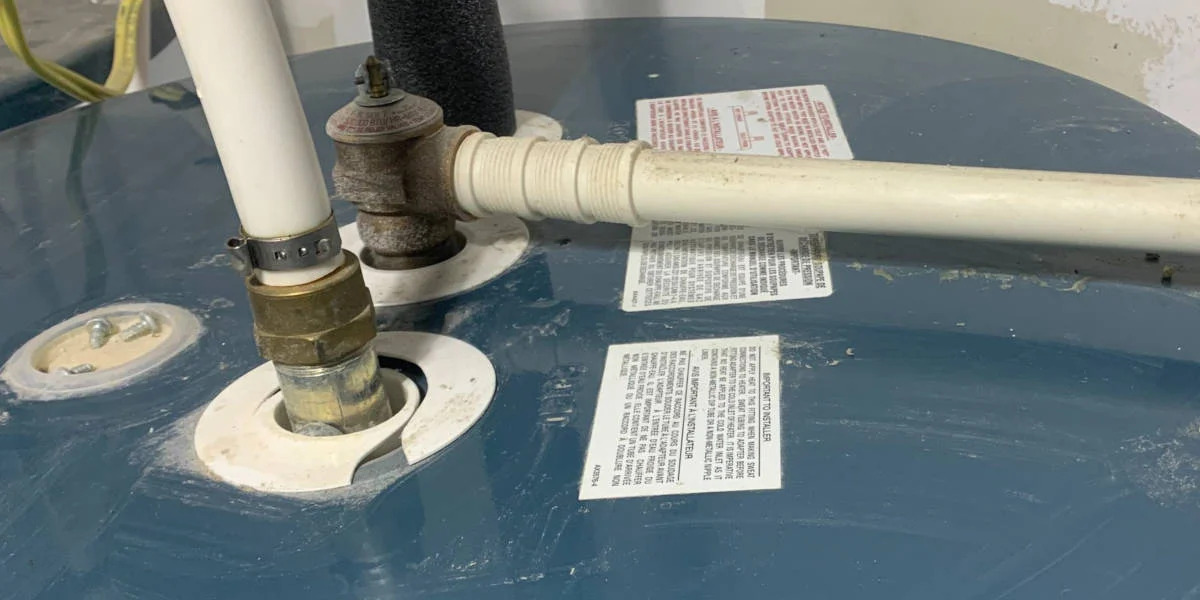
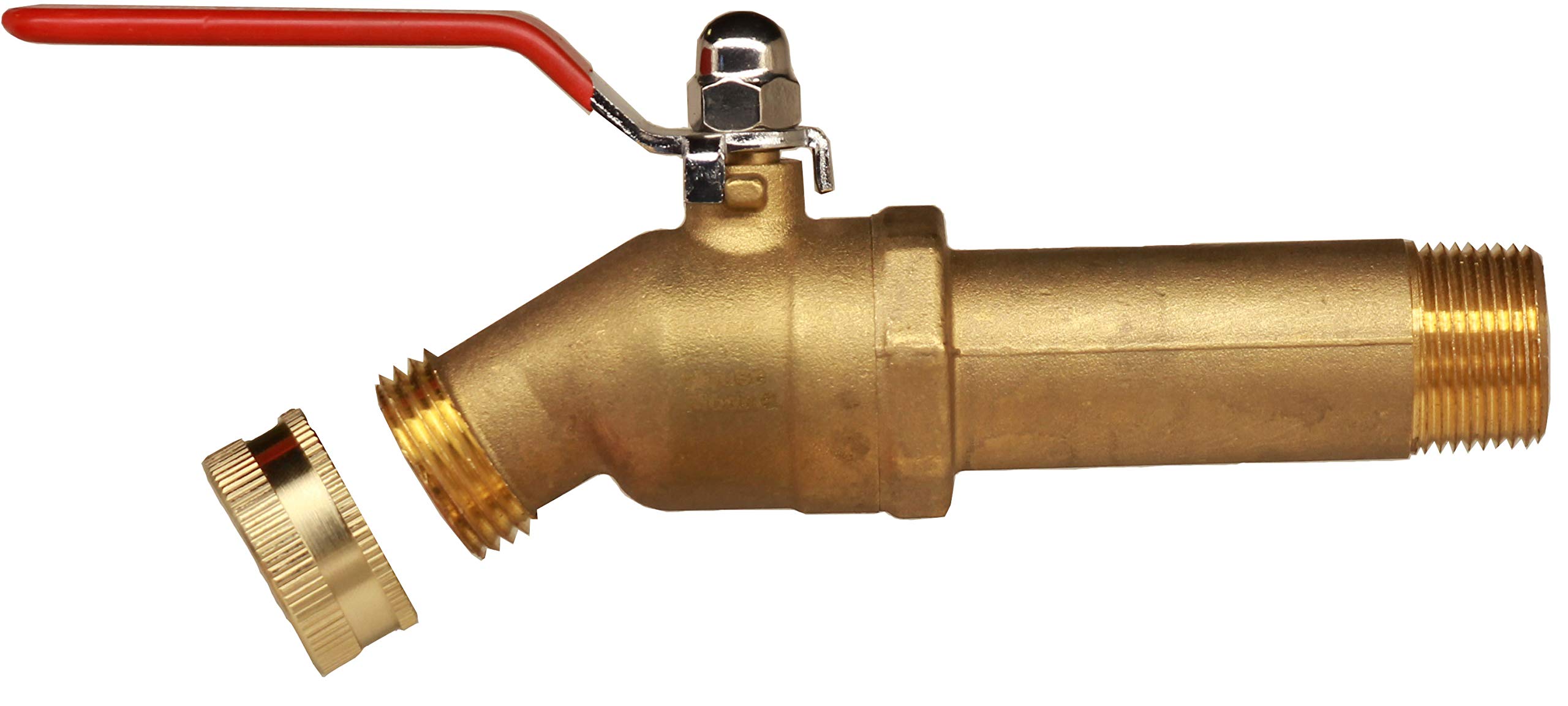
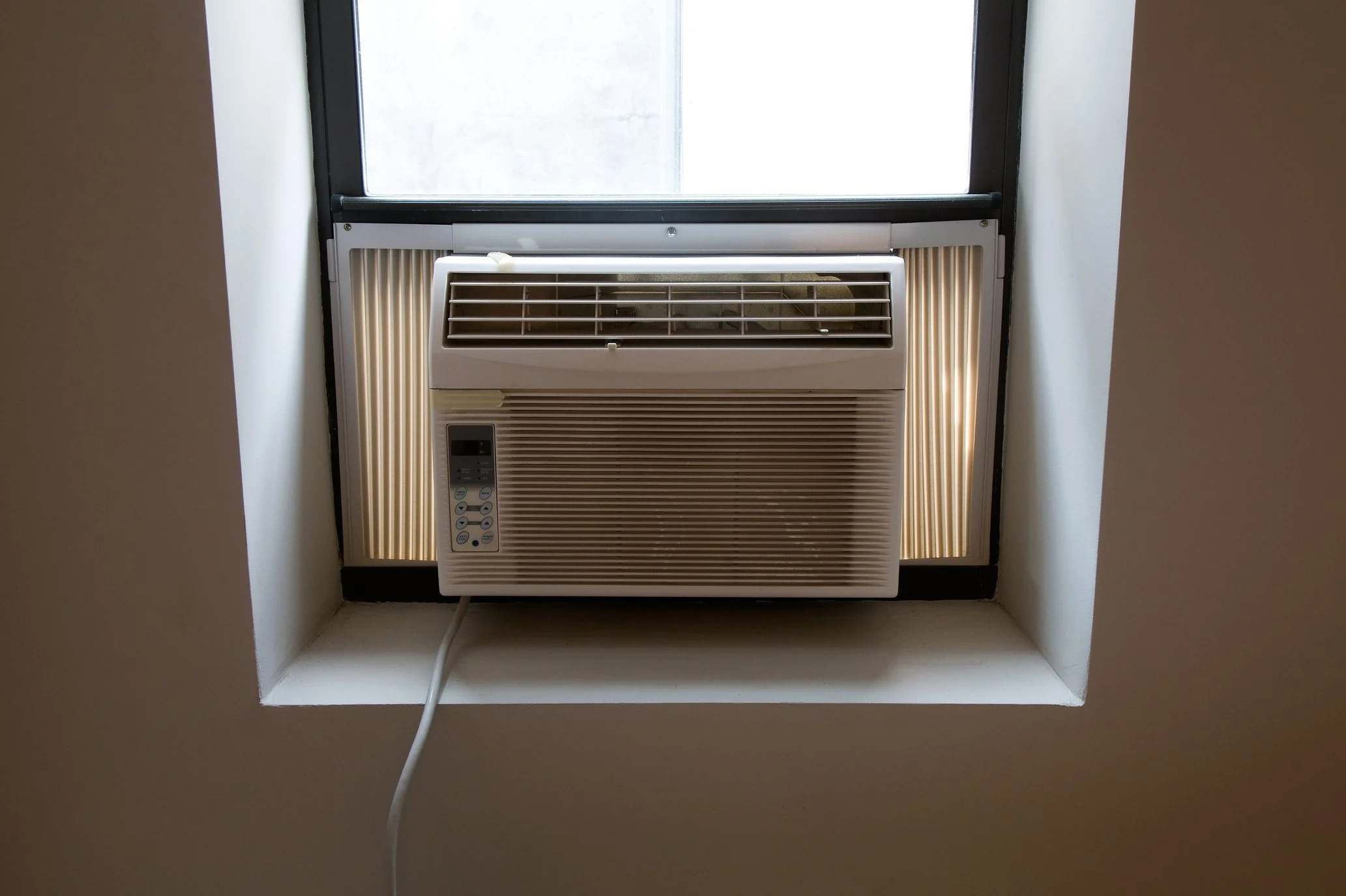
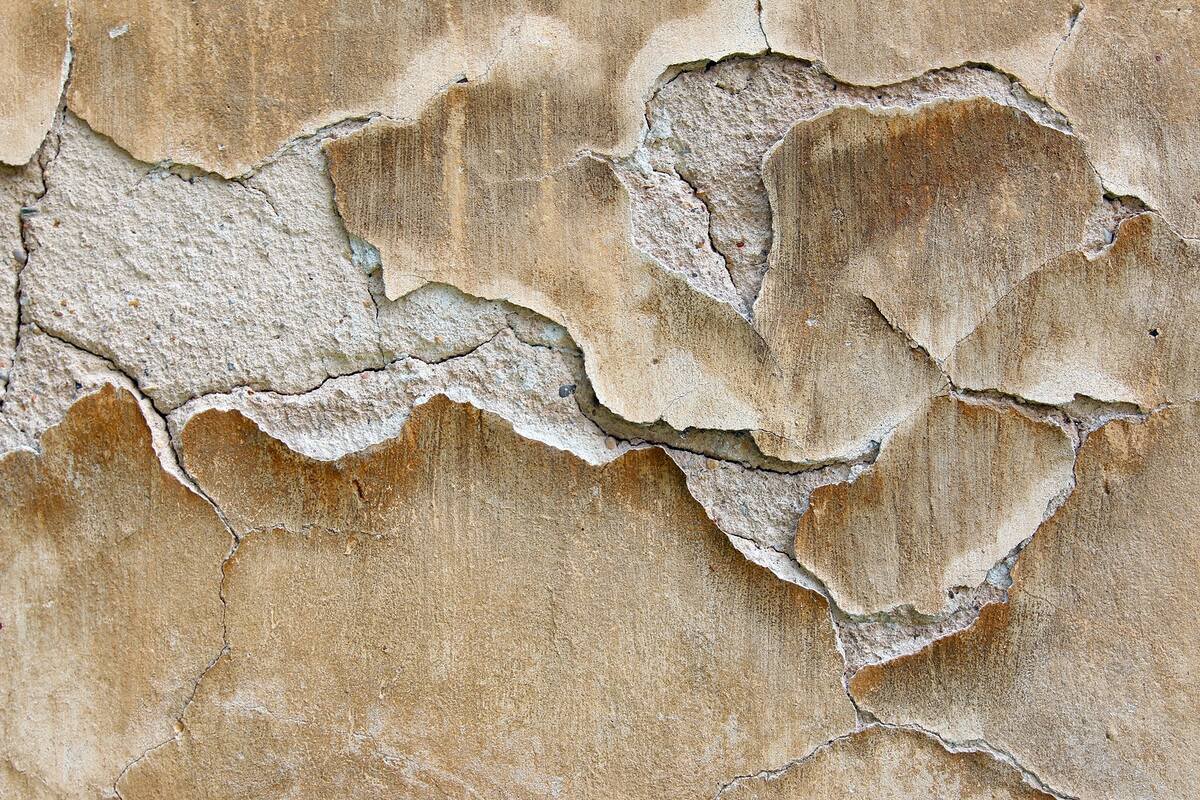
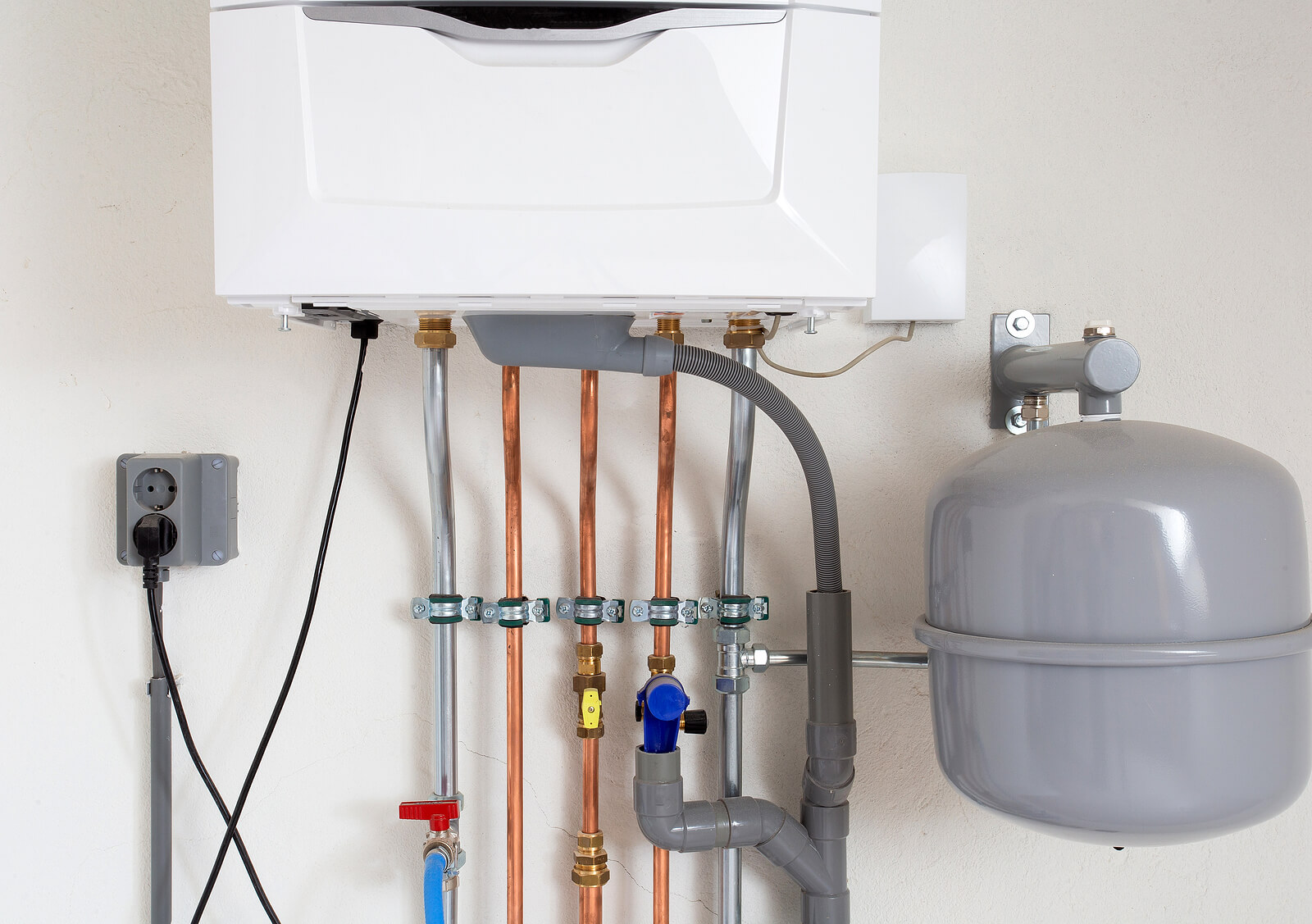

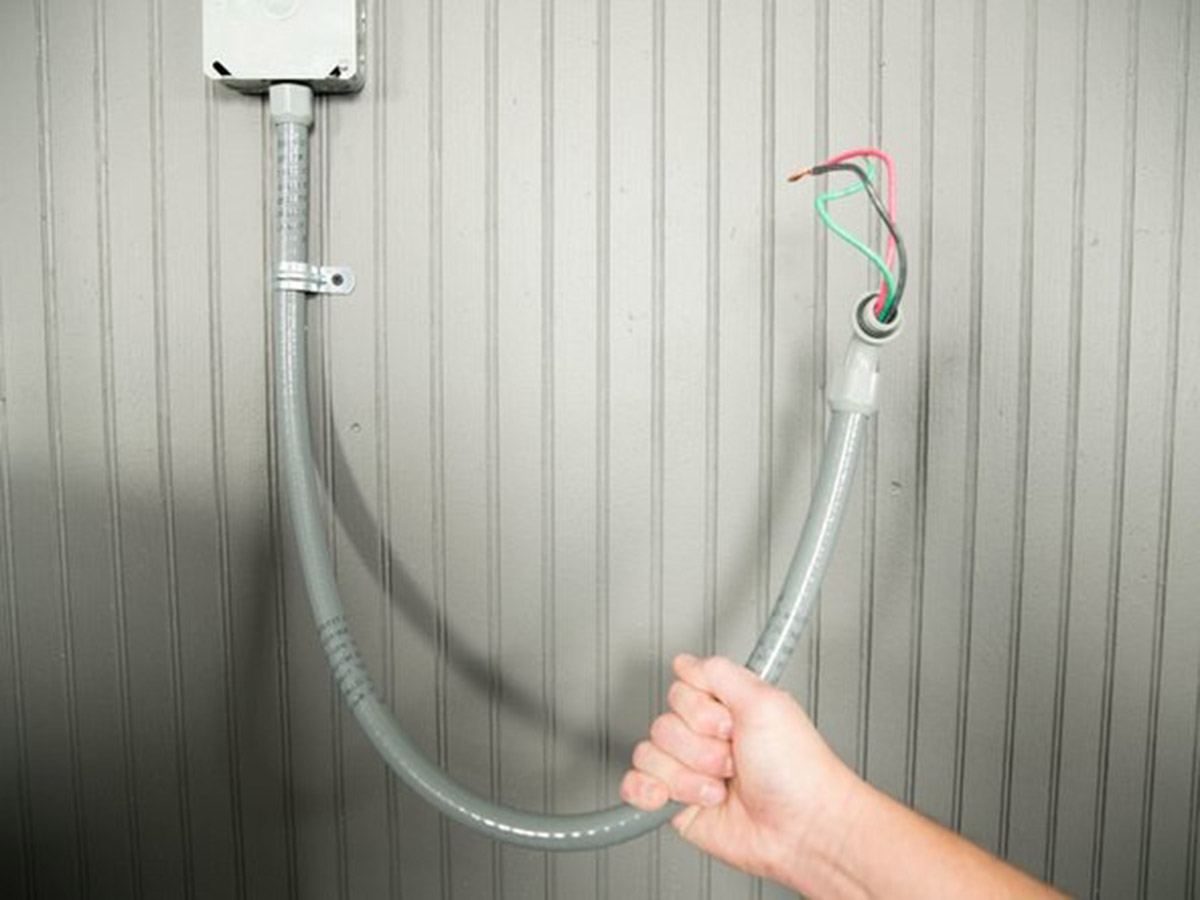
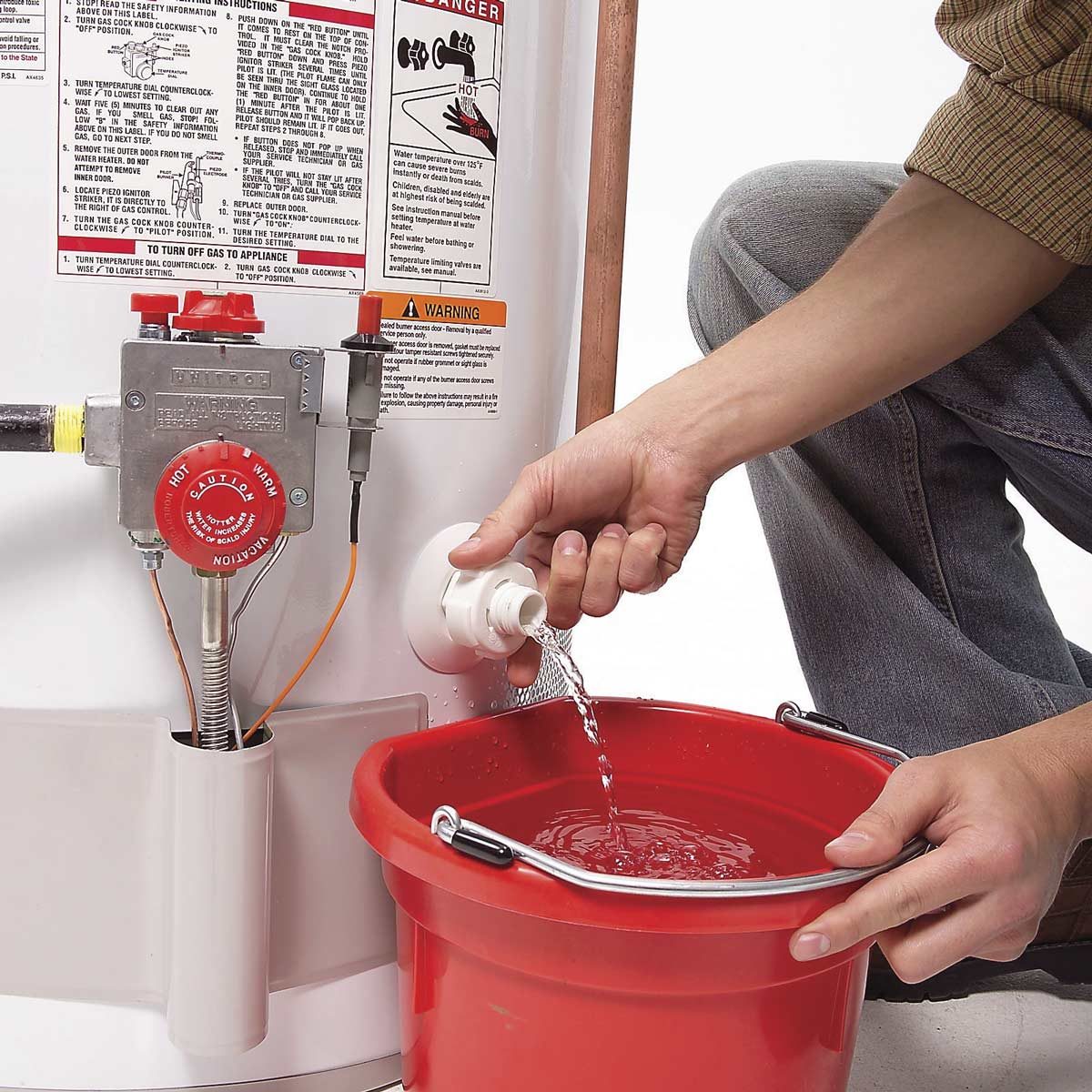
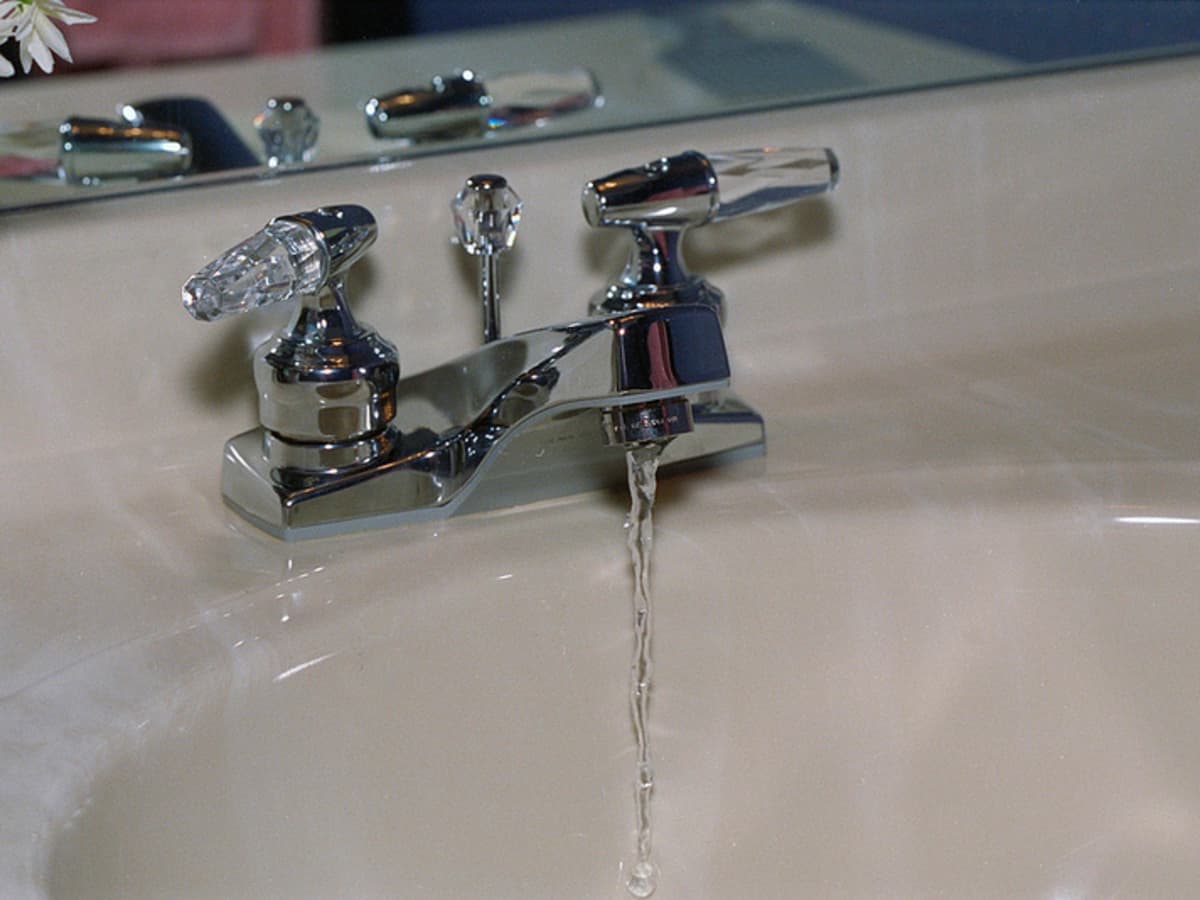
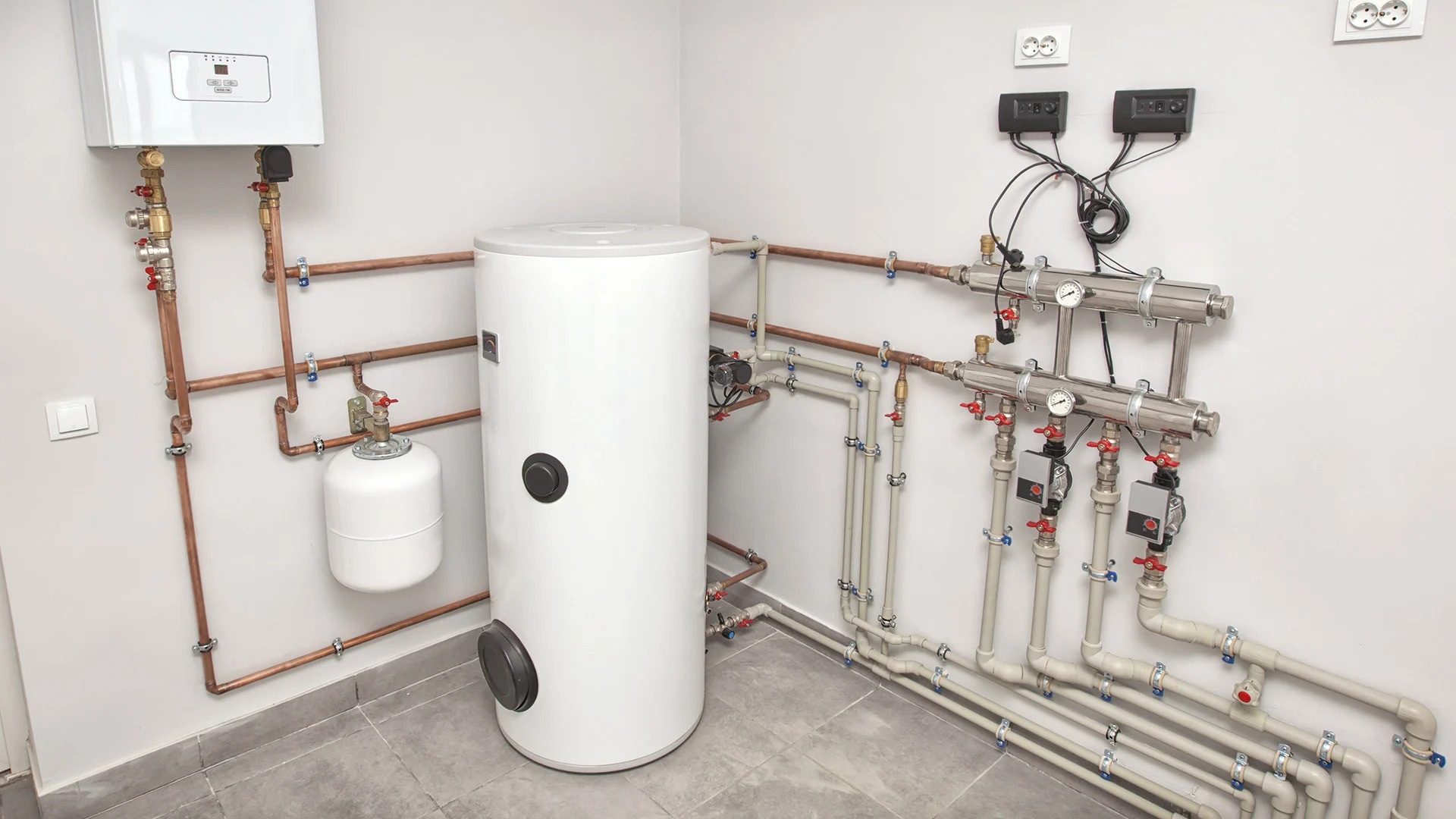
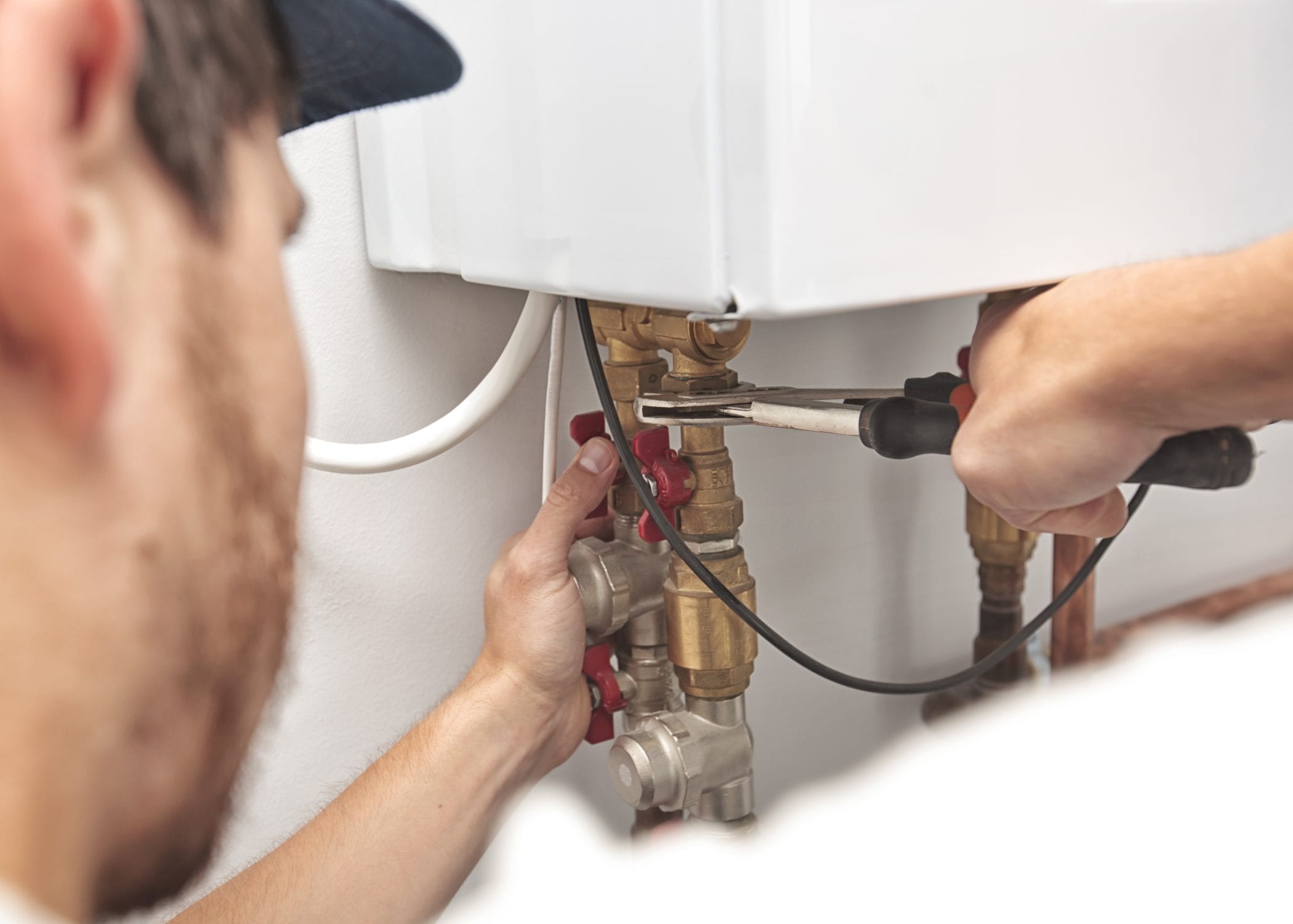
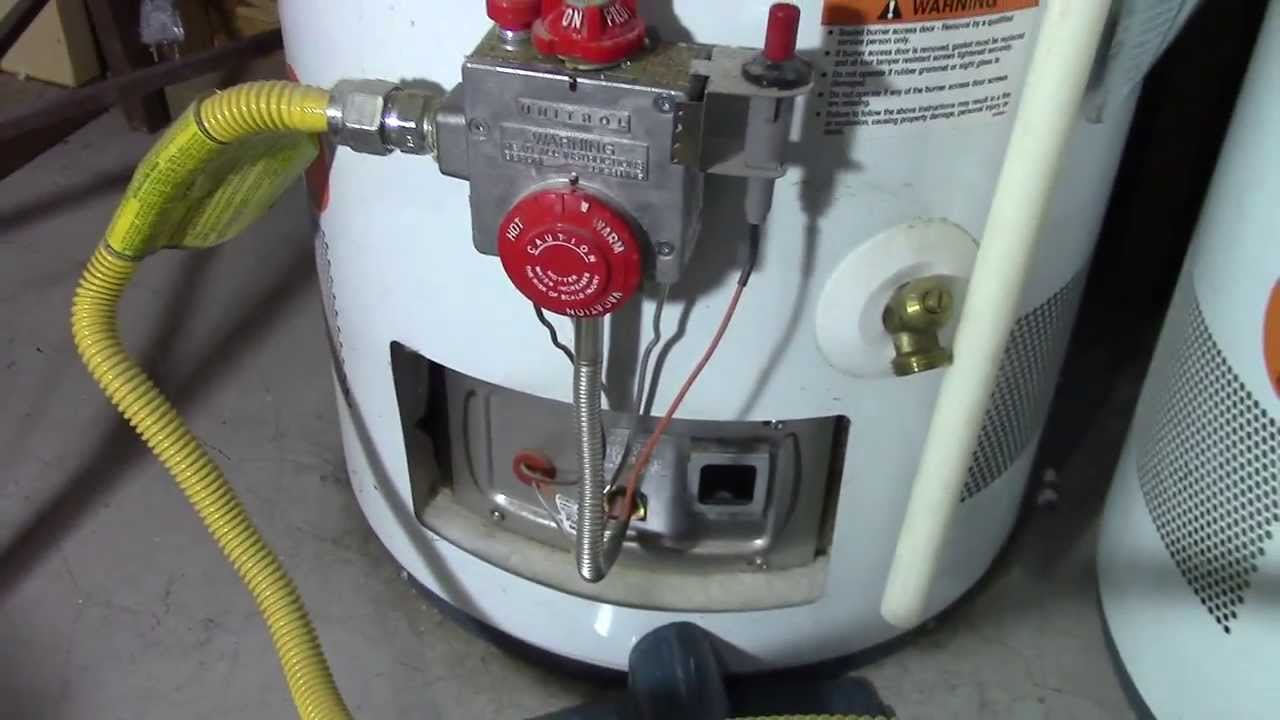

0 thoughts on “What Causes A Hot Water Heater To Leak From The Pressure Relief Valve”